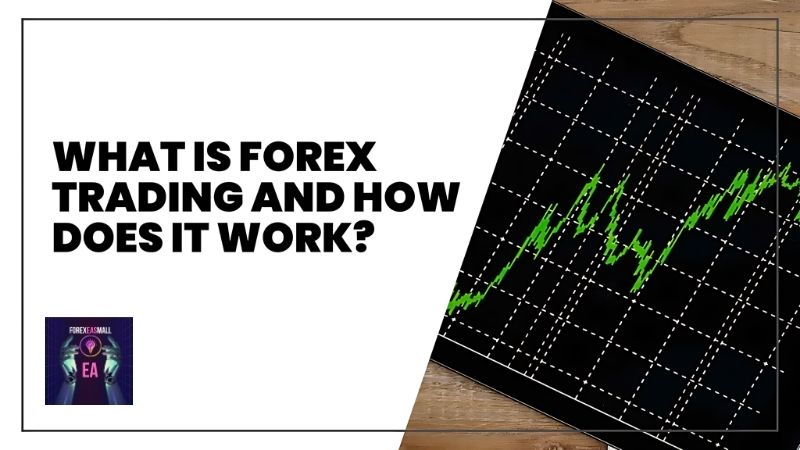Understanding Forex Trading
- Forex trading involves converting one currency into another
- Also known as foreign exchange trading or FX trading
- It is one of the most actively traded markets globally
- Individuals, companies, and banks participate in forex trading
- Approximately $6.6 trillion in forex transactions occur daily
Free!
Forex trading, or foreign exchange trading, represents a complex and dynamic world where one currency is converted into another in response to varying global events. Notably recognized by the abbreviation “FX,” this market stands out as one of the most liquid in the world, with about $6.6 trillion being traded daily. These staggering figures signify that forex trading is not just a casual financial activity but rather a cornerstone of global finance.
What is Forex Trading?
At its core, forex trading is about exchanging national currencies against one another. When you trade in forex, you’re essentially buying one currency while simultaneously selling another. These trades happen in pairs, such as EUR/USD (Euro/US Dollar), where the price indicates how much of the second currency (USD) is needed to purchase one unit of the first currency (EUR).
How Forex Trading Works
Forex trading operates 24 hours a day, five days a week, making it accessible to traders around the globe. The market integrates various participants, including:
- Retail Traders: Individuals engaging in forex trading for potential profits.
- Institutions: Banks and financial institutions facilitating large-volume trades.
- Corporations: Businesses exchanging currencies for international transactions.
- Central Banks: Regulators that can affect currency values through monetary policy.
Traders use various strategies to analyze currency movements, looking at factors such as economic indicators, geopolitical events, and market sentiment.
The Benefits of Forex Trading
One of the significant advantages of forex trading is its “leverage.” This allows traders to control larger positions than their initial capital would normally permit. For example, with a leverage of 100:1, a trader would only need $1,000 in their account to control $100,000 in a trade. However, this also entails the amplified risk of losing more than one’s initial deposit.
Moreover, the high liquidity in the market means that traders can enter and exit positions with ease, facilitating quicker transactions and often lower spreads between buying and selling prices.
Risks in Forex Trading
While the potential for profit can be enticing, it’s crucial to recognize the inherent risks involved in forex trading. These include:
- Market Risk: Currency prices can be volatile and influenced by numerous unpredictable factors.
- Leverage Risk: High leverage can amplify losses as much as it can magnify profits.
- Interest Rate Risk: Fluctuations in interest rates can affect currency values significantly.
- Counterparty Risk: The risk that the other party in a trade might default.
Conclusion
Forex trading represents a thrilling and fast-paced avenue for potential profit, grounded in the fundamentals of currency exchange. However, it demands a comprehensive understanding of market principles, a keen awareness of global events, and an appreciation of the risks involved. For those willing to invest the time to learn, forex trading can unlock a realm of opportunities in one of the world’s most vibrant financial environments.





There are no reviews yet.